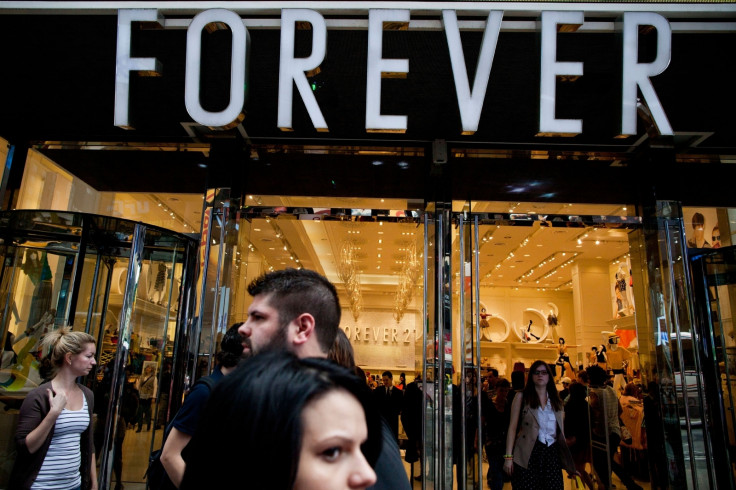Forever 21 joins the list of US retailers filing for bankruptcy
Forever 21 has filed for bankruptcy and will be restructuring by closing down stores in Asia and Europe.
The United States-based retail store, Forever 21, has filed for bankruptcy. At the U.S. Bankruptcy Court for the District of Delaware, the retail company has listed assets and liabilities. Even though the company has received some funding, they will undergo restructuring. As a part of the restructuring process, many international sectors such as the Asian and European sectors will be shut down.
Since its inception in 1984, Forever 21 had gained popularity in 57 countries and opened over 800 stores. However, competition from online stores has managed to slow down business for many retail stores which count on large malls for sales. Over the past couple of years, around 20 US-based retail stores have had to file for bankruptcy due to changing shopping experience preference of customers.
Forever 21 joins Sears Holdings Corp. as one of the latest retail companies to have gone bankrupt.

JPMorgan Chase Bank has lent $275m (£224m, €252m) to finance the restructuring. TPG Sixth Street Partners will be investing $75m (£61m, €68m) as new capital after the restructuring.
The retail company informed Reuters that the company is awaiting the approval to shut down 178 retails stores domestically in the US. Once the company has decided which stores will be shut down, representatives will have a conversation with the landlords of those stores. The company hopes to keep stores open in major markets in the US even after shutting down 178 locations.
In Japan, all 14 stores across the nation will stop functioning by October. It is not only Japan which will no longer see Forever 21 stores shut shop. A majority of European and Asian locations will no longer be open as a part of the restructuring.
Forever 21's subsidiary in Canada has also filed for bankruptcy. 44 stores all over Canada will also cease to function as the company plans to limit business in the country.
The only sectors which have remained relatively unaffected by the restructuring are Mexico and Latin America. By shutting down less profitable sectors and focusing business in profitable sectors, the retail company hopes to bounce back from its current financial state.
© Copyright IBTimes 2025. All rights reserved.





















